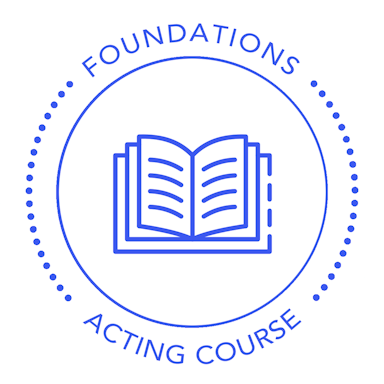Welcome back, !
Last logged in:
Dashboard
Course
 Different Acting Techniques
Different Acting TechniquesThere are a variety of acting techniques available to actors that each emphasize different aspects of the craft of acting. The most influential technique is Stanislavski's System, which was developed by Russian actor and director Konstantin Stanislavski. This technique emphasizes emotional memory, imagination, and truthfulness in acting. Actors using this technique aim to create realistic performances by tapping into their own emotions and experiences.
Another popular technique is Method Acting, which is often associated with American actors such as Marlon Brando and James Dean. Method Acting emphasizes creating an emotional connection to your character and their circumstances, rather than simply portraying their actions and lines.
While this technique has been criticized by some as overly self-indulgent and potentially dangerous, it has also produced some of the most iconic performances in film and theater history.
The Meisner Technique, developed by American actor and teacher Sanford Meisner, focuses on listening and responding to scene partners while "living truthfully under imaginary circumstances."
Classical Acting is based on the acting styles used in classical theater, such as Shakespearean plays, Greek tragedies, and French comedies. This style of acting emphasizes clear diction, physicality, and heightened language, which means using poetic and rhetorical devices to convey the emotions and intentions of the characters. In addition, Classical Acting has been associated with actors such as Laurence Olivier, John Gielgud, Judi Dench, and Ian McKellen, who have mastered the art of performing complex and challenging roles in classical theater.
Viewpoints is a technique that was developed by choreographer Mary Overlie in the 1970s and further developed by Anne Bogart and the SITI Company in the 1990s. This technique is a method of improvisation that emphasizes the relationship between movement and performance, using six elements: space, time, shape, emotion, story, and movement. In addition, Viewpoints has been used by theater artists such as Moisés Kaufman, Tina Landau, and Sarah Ruhl to create innovative and collaborative works that explore the dynamics of space, time, and movement.
As an aspiring actor, it’s important to know that there are numerous acting techniques available to you, and each technique offers a unique approach to the craft of acting. Some of the most popular techniques are: